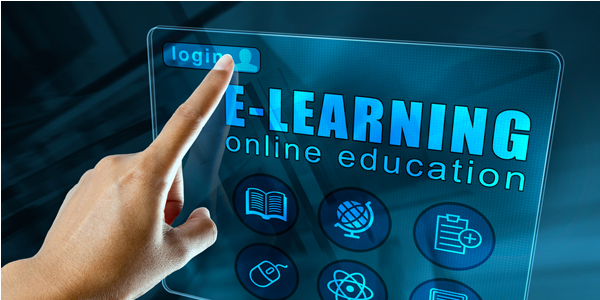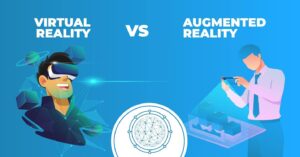The Influence of Technology on Education and E-Learning

In today’s digital age, technology is reshaping every facet of our lives, including education. The traditional chalk-and-board classroom is evolving into a dynamic, tech-infused learning environment. E-Learning, a concept that was once novel, has become a cornerstone of modern education. In this blog, we will explore the profound influence of technology on education and e-learning.
Access to Information
The internet has become a treasure trove of knowledge. Students and learners of all ages can access a wealth of information with just a few clicks. Online resources, such as Wikipedia, YouTube, and educational websites, provide a diverse range of content to support learning. This unprecedented access to information has democratized education, allowing people from all walks of life to pursue their interests and academic goals.
Personalized Learning
Technology has enabled the concept of personalized learning. Adaptive learning platforms and intelligent algorithms analyze a student’s strengths and weaknesses to provide tailored content and assessments. This individualized approach helps learners progress at their own pace, increasing engagement and understanding of the material.
E-Learning Platforms
E-Learning platforms like Coursera, edX, and Khan Academy have revolutionized formal education. These platforms offer a wide array of courses, often developed and taught by experts in their fields. Students can choose from a variety of subjects and pursue certifications, degrees, or simply expand their knowledge. The flexibility and accessibility of e-learning have made it a preferred choice for many.
Virtual Classrooms
The COVID-19 pandemic accelerated the adoption of virtual classrooms. Tools like Zoom, Google Meet, and Microsoft Teams have become integral for schools and universities. Virtual classrooms facilitate real-time interaction between teachers and students, as well as peer-to-peer collaboration. While not a complete replacement for physical classrooms, virtual classrooms offer valuable alternatives and convenience.
Interactive Learning Tools
Technology has introduced a wide range of interactive learning tools. Educational apps, simulations, virtual labs, and gamified learning platforms make learning engaging and fun. These tools promote active learning, critical thinking, and problem-solving skills.
Global Collaboration
Technology enables students to collaborate on projects and engage with peers worldwide. Virtual exchange programs and collaborative tools break down geographical barriers, allowing learners to gain a global perspective on various subjects. This international collaboration fosters cultural awareness and enriches the learning experience.
Assessment and Analytics
Technology has enhanced the assessment process. Digital quizzes, automated grading, and learning analytics provide educators with real-time insights into student performance. This data-driven approach helps teachers tailor their instruction to meet the unique needs of each student.
Future Trends
The influence of technology on education is far from over. Emerging trends like augmented reality (AR) and virtual reality (VR) are transforming how we learn. AR and VR technologies offer immersive experiences that can take learners to places they’ve only dreamed of, from historical events to distant galaxies.
Conclusion
Technology’s impact on education and e-learning is undeniable. It has made education more accessible, personalized, and engaging. The integration of technology is not without its challenges, but when used thoughtfully, it can significantly enhance the learning experience. As technology continues to evolve, so too will the way we teach and learn, opening up new horizons for the future of education. Embracing these innovations and adapting to them will be key to preparing learners for the ever-changing landscape of the 21st century.





